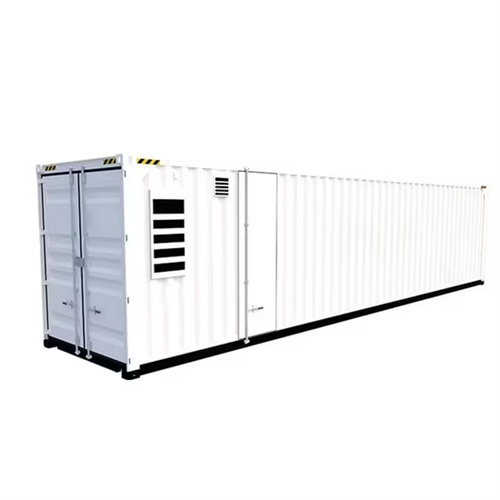About How many celestial bodies in our solar system
Solar System objects more massive than 10 21 kilograms are known or expected to be approximately spherical. Astronomical bodies relax into rounded shapes (spheroids), achieving hydrostatic equilibrium, when their own gravity is sufficient to overcome the structural strength of their material.
This article includes a list of the most massive known objects of the Solar System and partial lists of smaller objects by observed . These lists can be sorted according to an object's radius and mass and, for.
The following objects have a nominal mean radius of 400 km or greater. It was once expected that any icy body larger than approximately.
• • • • •.
• •.
• Relative masses of the bodies of the Solar System. Objects smaller thanare not visible at this scale.• Relative.
From 200 to 399 kmAll imaged icy moons with radii greater than 200 km exceptare clearly round, although.
• • • • Supplemental.
Humanity's knowledge of the Solar System has grown incrementally over the centuries. Up to the –, astronomers from Europe to India believed Earth toof the universeand categorically different from the divine or ethereal objects that moved through the sky. Although thephilosopher had speculated on a
As the photovoltaic (PV) industry continues to evolve, advancements in celestial bodies in our solar system have become critical to optimizing the utilization of renewable energy sources. From innovative battery technologies to intelligent energy management systems, these solutions are transforming the way we store and distribute solar-generated electricity.
When you're looking for the latest and most efficient celestial bodies in our solar system for your PV project, our website offers a comprehensive selection of cutting-edge products designed to meet your specific requirements. Whether you're a renewable energy developer, utility company, or commercial enterprise looking to reduce your carbon footprint, we have the solutions to help you harness the full potential of solar energy.
By interacting with our online customer service, you'll gain a deep understanding of the various celestial bodies in our solar system featured in our extensive catalog, such as high-efficiency storage batteries and intelligent energy management systems, and how they work together to provide a stable and reliable power supply for your PV projects.
Related Contents
- How many celestial bodies in our solar system
- Celestial bodies in the solar system
- How to make a solar electric system
- How do solar panels work in the snow
- How many watts does a solar panel generate
- How much does a solar battery backup system cost
- How to install a solar panel electric company
- About how long ago did our solar system form
- How to transfer solar energy to electricity
- How much solar energy hits the earth in one hour
- How to connect solar panels with inverter
- How many solar panels for a 15kw system


